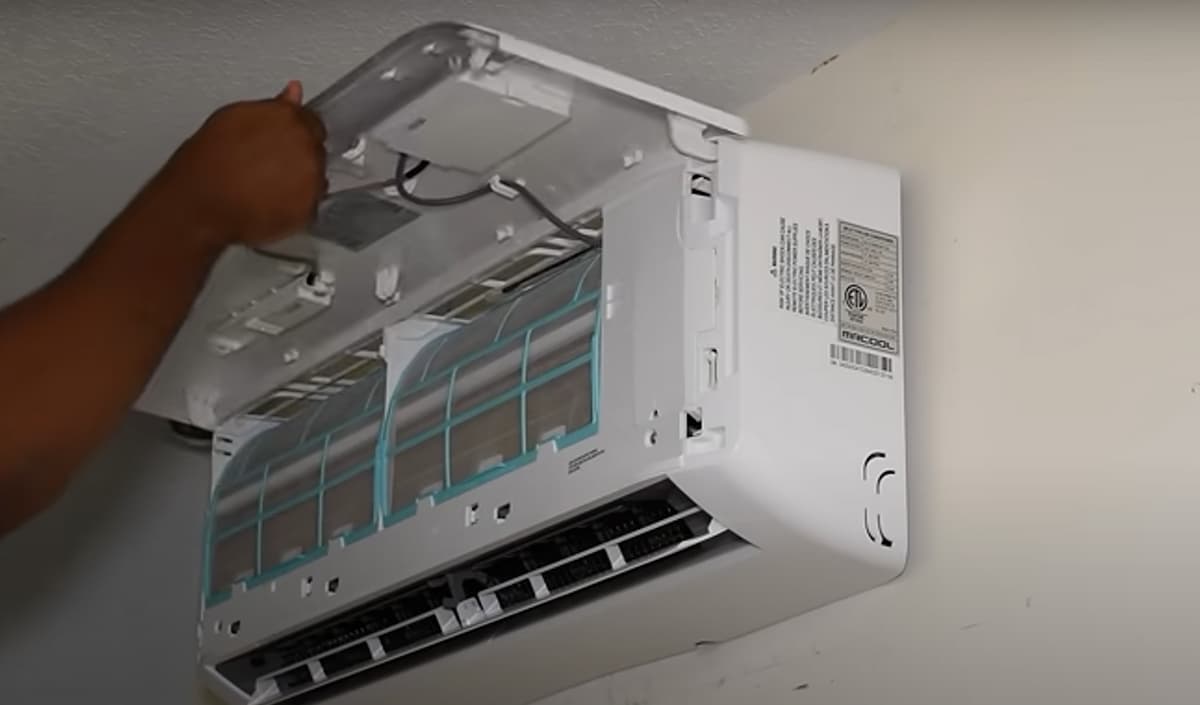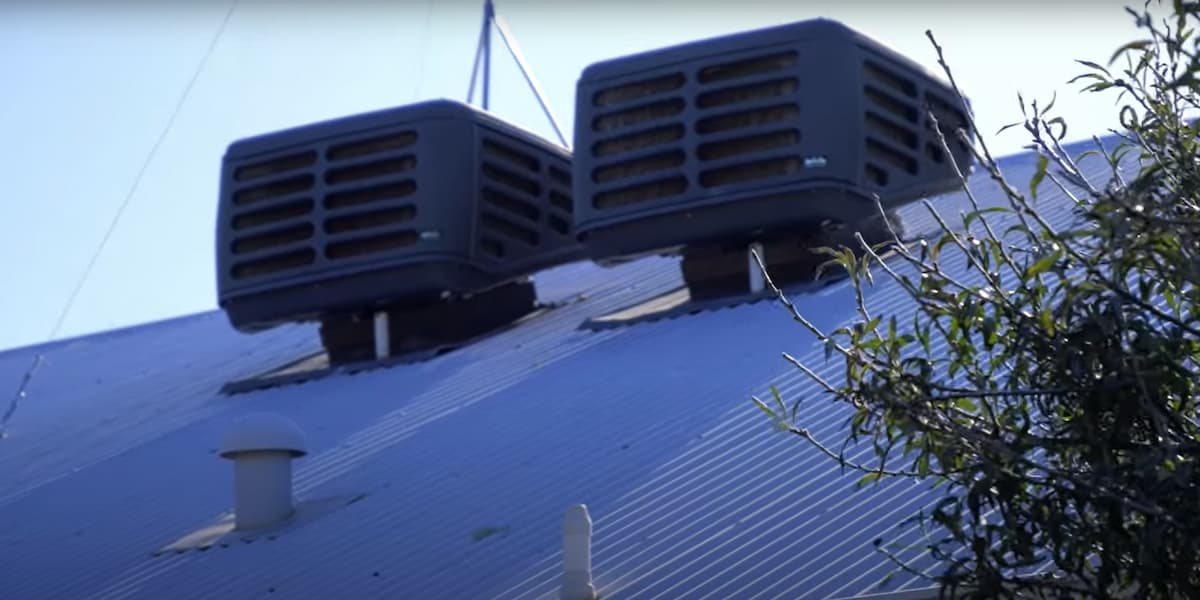
What is a dry mode on AC? | How to run AC in dry mode? | Dry mode vs cool mode | Best time to use AC dry mode | Does rain impact AC systems? | Does excess moisture in the air impact AC systems? | Is dry mode similar to dehumidifier? | Is dry mode more economical? | Dry mode on split systems vs dry mode on ducted AC system
Most people confused the dry function with the cool mode on their AC unit. It’s quite easy to differentiate between them since the dry mode is usually marked with a water drop and the cool mode with a snowflake.
Dry mode is actually a dehumidifier that removes moisture from the air. Most people never use this mode since they don’t actually know how to properly use the dry mode. That’s why we will help you use dry mode most efficiently, especially for high humidity areas.
What is Dry Mode on AC?
There are a lot of benefits of this dehumidification method. It’s actually quite easy to save energy with it. Using dry mode will help reduce moisture in the humid air. The main purpose is to literally remove the humidity from the indoor environment.
When the dry mode is on, the AC won’t blow out any cold air but instead will allow the air inside the room to pass through the aircon which will then remove excess water vapours from this air.
How to Run Air Conditioner in Dry Mode?
The energy-efficient dry mode is not common in every air conditioner. Even if the room temperature is low, humidity levels can be quite high. Turning Dry Mode on your air conditioner will not blow cool air or even dry air.
Using the dry mode actually works by sucking up the indoor air, have it run through the entire air conditioner and its system and remove the excess humid which can be quite uncomfortable in any environment especially during the rainy season or very warm summer.
Dry Mode vs Cool Mode
Most people would mistake these two modes since both seem to cool your room but the difference between them is quite remarkable. If the humidity level is too high then the cooling mode will not help you fix this problem. Temperature is not the problem, neither is the weather. The main problem comes from how humid is the air in a room.
When thinking about dry mode imagine a big dehumidification machine with a suitable compressor. Air will move through the air conditioner, all water vapour will stick and condense in the evaporator. By doing this your air conditioner will remove moisture from the air and will help reduce humidity levels within the room without affecting the temperature. This function is not present in every aircon unit but is considered a very power-saving feature.
On the other hand cool mode is considered a very standard feature on most aircon units and its main function is cooling. It removes heat instead of moisture from the air. Temperatures will plummet since heat will be removed and you can make your own winter in summer, but it depends on how efficient your aircon unit and how it can maintain this type of cold temperature.
Best Time to Use Air Conditioning Dry Mode
It’s best to use dry mode when humidity is high but the temperature is cool, or when you’re looking to conserve electricity. Having cool dry air coming from your aircon during a very humid day can seem like a lifesaver. It won’t matter if the weather outside is hot or if the heating is on, all the uncomfortable vapours will be removed by the dehumidification service your air conditioner can provide.
Does Rain Impact Air Conditioning Systems?
If you live in an area where the weather is almost always rainy you’d probably wonder if rain can impact how your air conditioner works, which could impact how much water is drained from your air conditioner.. Unless your unit is being hit by huge and strong storms rain will rarely impact how your aircon works for regulating temperature or humidity level in a room.
Does Excess Moisture in the Air Impact Air Conditioners?
Unlike rain, high levels of humidity in the air will negatively impact how your aircon unit is cooling and regulating temperature. This is especially the case on hot and humid summer days when the speed is reduced due to too much moisture in the air. Humidity affects how efficient cooling is because it actually makes the air warm thus making the AC use up more power and cost more to run.
Is Dry Mode Similar to a Dehumidifier?
Even though a dehumidifier works the same as a dry mode on an air conditioner they do have a few differences. The dry mode doesn’t release any hot air when it runs but instead, the fan produces cool air. On the other hand, a dehumidifier fan helps heat the air instead of cooling it.
Is Dry Mode More Economical?
People think that dry mode actually cools the room. That’s a common misconception because the air conditioner dry mode power works by removing excess moisture in the air by cooling it, unlike a dehumidifier which works by heating the air. Using dry mode is proven to be a much more economical option since it both keeps the air cooler, helps save electricity and it’s actually quite easy to switch on and off so it’s simple to control.
Dry Mode on Split System vs Dry Mode on Ducted Air Conditioning System
A split system dry mode functions almost the same as a ducted aircon. The main difference is that the ducted system helps keep the temperature constant and thus dryer air will be within all the rooms that have a duct connected to the main central aircon. On the other hand, the split system will be much more energy-efficient and will keep the air cool within the room it was placed in. Energy ratings are best for the split system.





